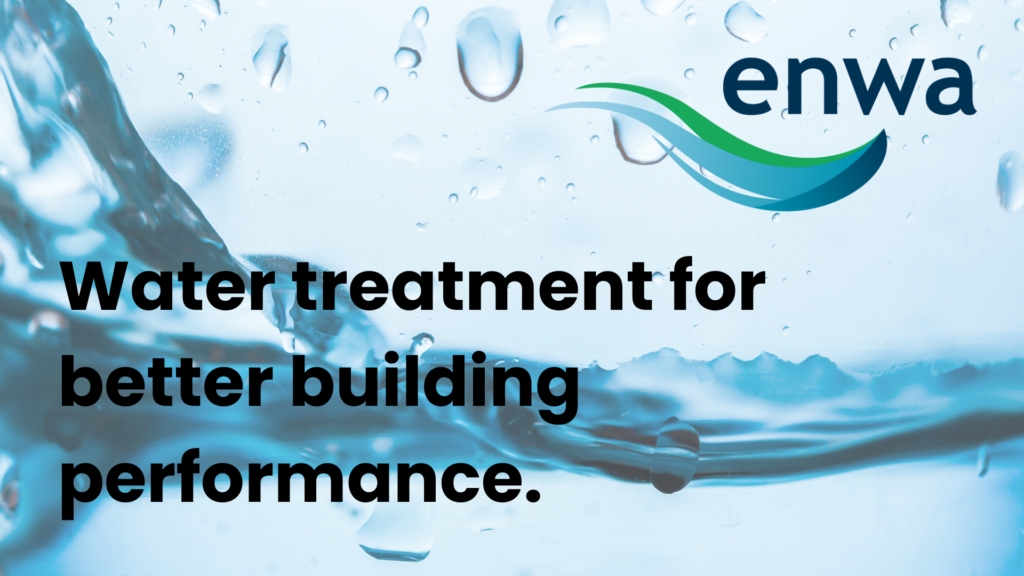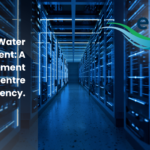The long-term energy and carbon performance of buildings is under scrutiny. Existing regulations such as the Minimum Energy Efficiency Standards (MEES) are pushing building owners to achieve higher EPC ratings, but further standards and regulations are on the horizon.
For example, the focus on the embodied and operational carbon of buildings is growing. Clients in the private and public sector are often leading the way on carbon targets to meet their own organisational Net Zero goals. One result of this is that the UK office sector is seeing higher rents for buildings with sustainable credentials.
While it’s a small element of building operation, water treatment can have a significant impact on energy use. It’s a maintenance activity which is conducted in buildings, and when approached correctly, it can make a significant contribution to the energy efficiency of HVAC systems.
As BSRIA notes in its outline of its publication BG50 (Water treatment for Closed Heating and Cooling Systems): “In closed heating and cooling systems, problems with corrosion, scale, sedimentation and biofouling can result in energy wastage, poor system performance and the need for early replacement of plant and components.”
BG50 highlights the importance of preventing problems by ‘eliminating the root causes’ of these issues through proper design, construction – and maintenance and monitoring.
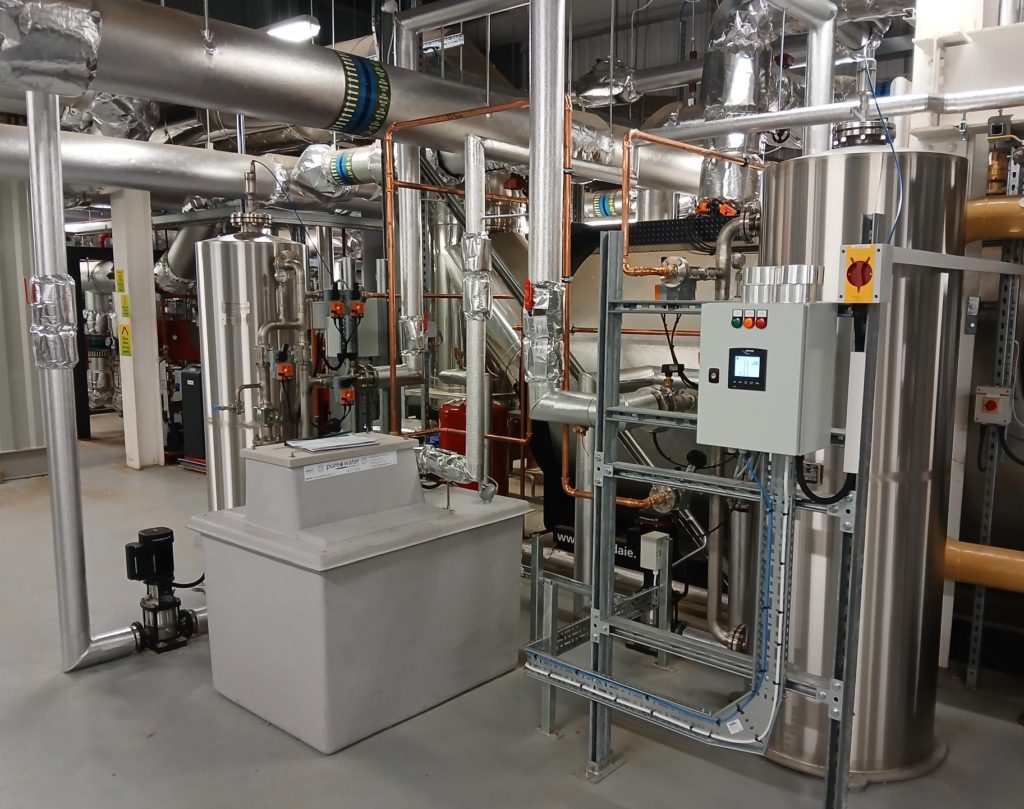
This year’s CIBSE Build2Perform conference (November 13th and 14th) reflects the importance of maintenance with the inclusion of a new zone, Maintain2Perform. This is a recognition of the critical role of FM in delivering high-performance buildings, and it is FM teams – who are often at the forefront of decisions around water treatment.
At its core, effective water treatment ensures that HVAC systems can function as designed, reducing energy consumption. The quality of the water directly impacts the system’s performance because poorly-treated water can create issues such as corrosion debris, scales and biological growth.
All these issues hinder the efficiency of the heat transfer process which in turn force equipment to work harder, increasing energy use and costs. Over time, untreated or poorly treated water can deposit dissolved and suspended solids in heat exchangers, pipes, and other critical components.
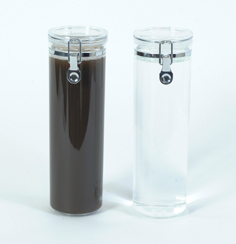
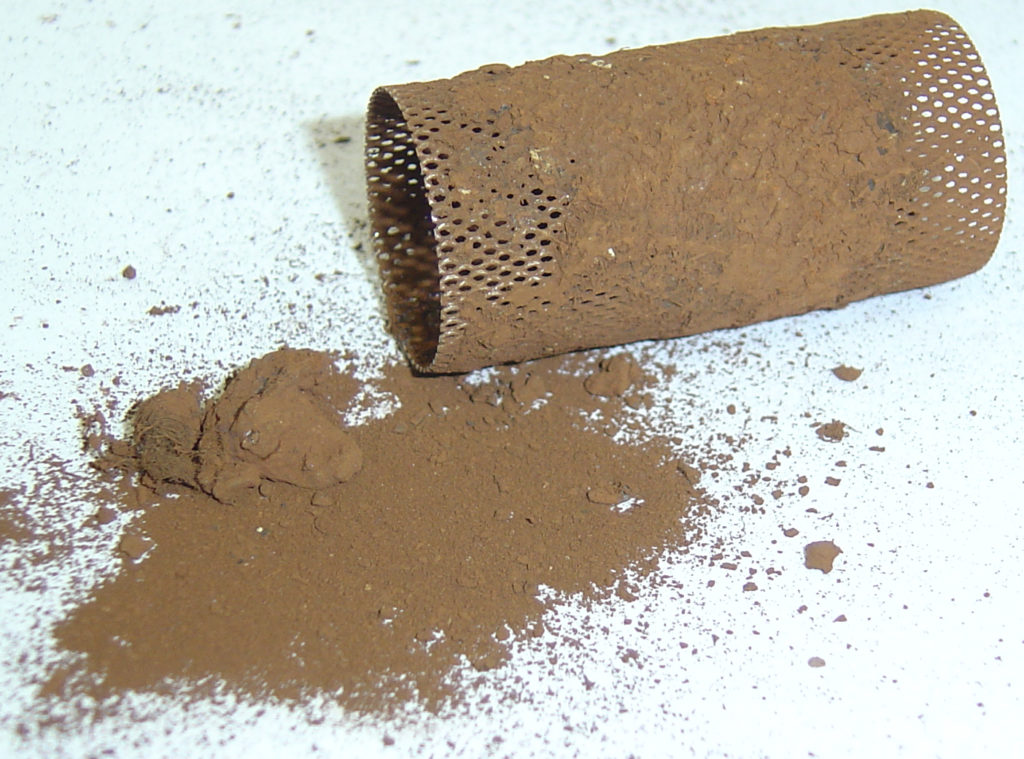
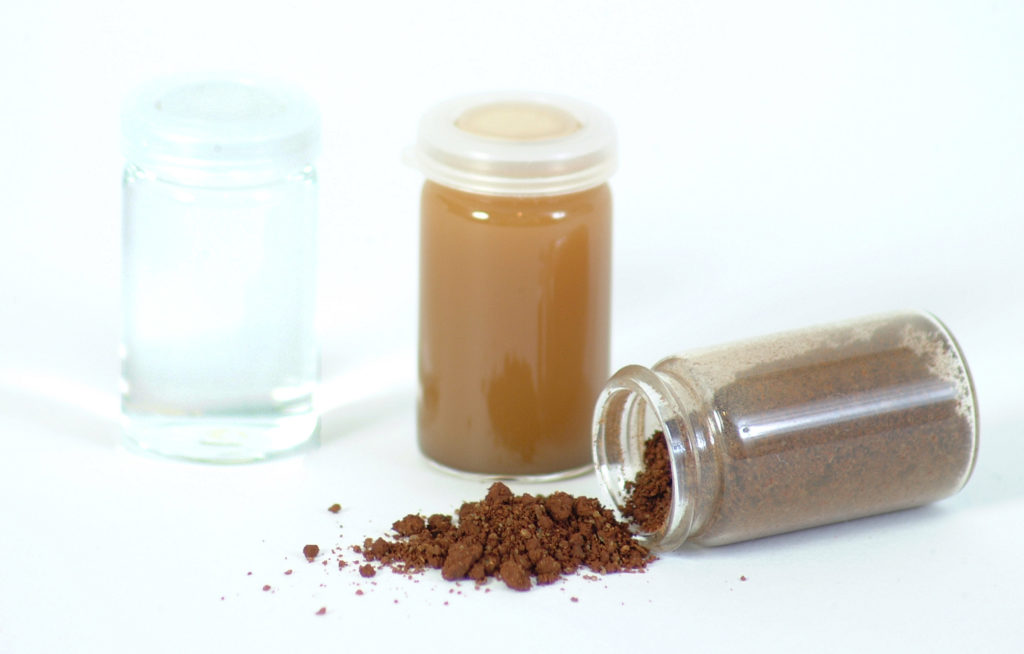
These deposits function as insulators, preventing efficient heat transfer. As a result, the system requires more energy to achieve the same cooling or heating effect, leading to higher operational costs.
Effective water treatment, maintains clean surfaces, so systems operate closer to their original design specifications, ensuring that energy efficiency remains high over the long term. In addition to energy savings, robust water treatment strategies prolong the life of HVAC equipment by preventing corrosion and biological fouling.
Investing in proactive water treatment helps avoid these issues, leading to fewer breakdowns and extending the life of expensive equipment. By reducing the likelihood of unexpected failures, businesses can lower their maintenance costs and minimise operational disruptions.
Enwa’s EnwaMatic Side Stream Filtration approach provides a straightforward solution for water treatment in all kinds of building. Operation of our technology is based on a simple backwash procedure that can be fully automated.
The automated Enwa Side Stream approach also provides pH regulation, corrosion inhibition, and scale control, providing a harsh environment for bacterial growth.
It combines a self regulating water conditioning process. Responding dynamically to the quality and quantity of water. Combined with advanced ‘media bed’ side stream filtration that removes debris down to less than 10 microns. This automated approach minimises the risk of human error in treatment delivery. no more laborious maintenance works or manual dosing of inhibitors.
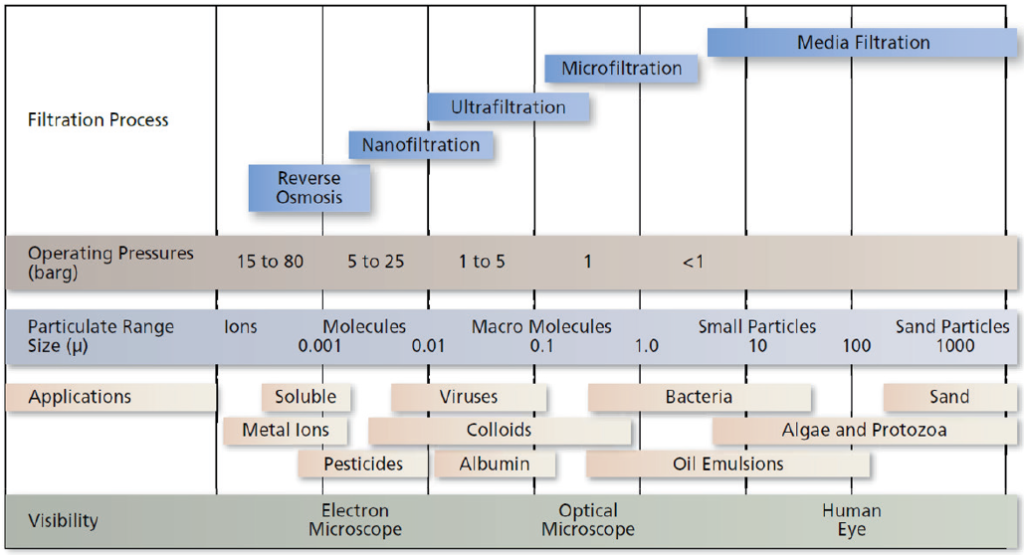
Automated water treatment ensures that the maintenance team works efficiently, as well as the building.
By combining BMS monitoring and routine water treatment, building owners and managers can ensure that their systems are not only energy-efficient but also resilient to changes in water quality over time.
Water treatment might not be the most visible part of a building’s operations, but its impact on energy efficiency and equipment longevity is undeniable.
By investing in a modern approach to automated water treatment building operators can reduce energy consumption, extend equipment life, and ensure that their systems continue to run efficiently for years to come.
In the long run, this not only contributes to lower operational costs but also supports broader sustainability goals by reducing the building’s carbon footprint.
If you’d like to know more about ENWA’s approach to water treatment and the prevention of performance-damaging problems in heating and cooling systems, come along to our stand (342) at Build2Perform on November 13th and 14th to meet our expert team. If you are visiting on day 1, you can also attend our CIBSE approved CPD seminar ‘The importance of effective filtration and water treatment in heating and cooling systems’, presented by James Townley, Technical Manager – Theatre 3, 12:15 – 13:15.

